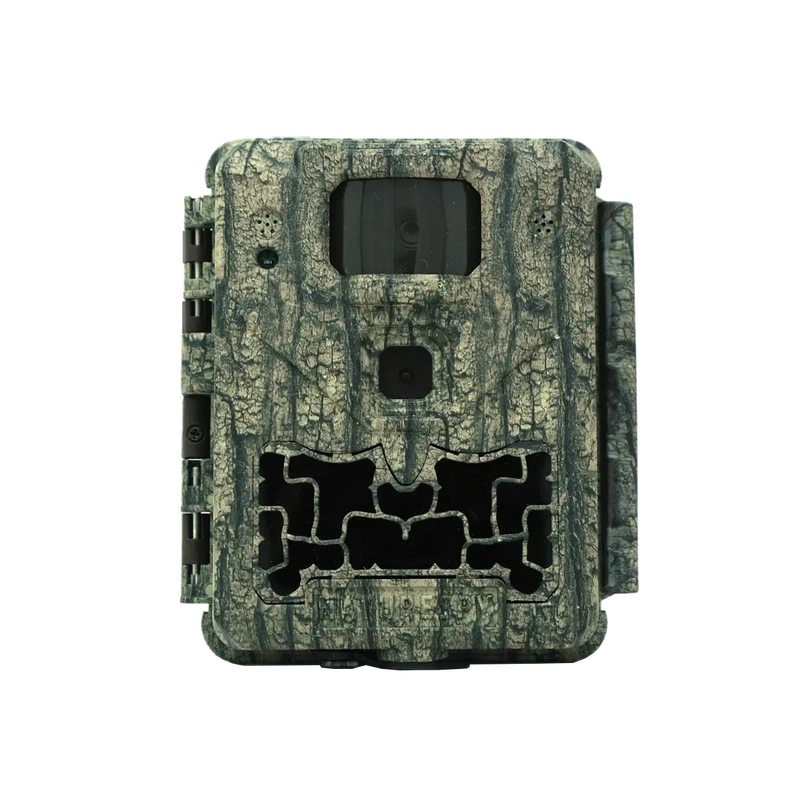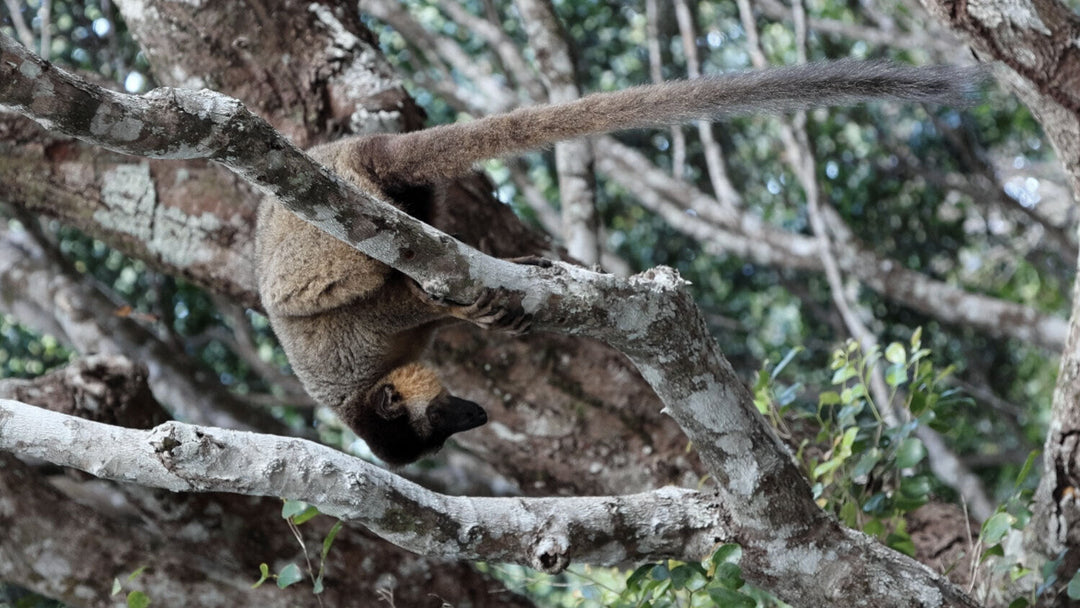Saving Wildcats is an ambitious, landscape-scale project. The project brings together experts and local communities to deliver a set of objectives that will restore healthy populations of Scottish wildcats.
Establish Britain’s first large-scale Conservation Breeding for Release Centre for wildcats.
Based in a private area of Highland Wildlife Park, within the Cairngorms National Park (CNP), the centre brings together wildcat experts, a dedicated veterinary unit and a specialised pre-release training programme.
Create safe areas for wildcat restoration.
The first release site will be in an area of the CNP where habitats are suitable and expanding. A focused field programme will address threats to wildcats in the release site. Engagement with local communities and landowners fosters wildcat-friendly practices.
Grow the wildcat population through the release of wildcats into the wild.
A specialised pre-release training programme will encourage wildcats to gain the skills needed to thrive in the wild. GPS collars will track the movements and behaviours of the wildcats once released.
Enable rural communities to benefit from the presence of wildcats.
Saving Wildcats is as much about people as it is about the cats. It aims to boost local economies across the project area by supporting new tourism offerings, including a wildcat trail. Once the current project is established, similar wildcat releases will extend to other locations in Scotland, thereby benefiting more communities.










